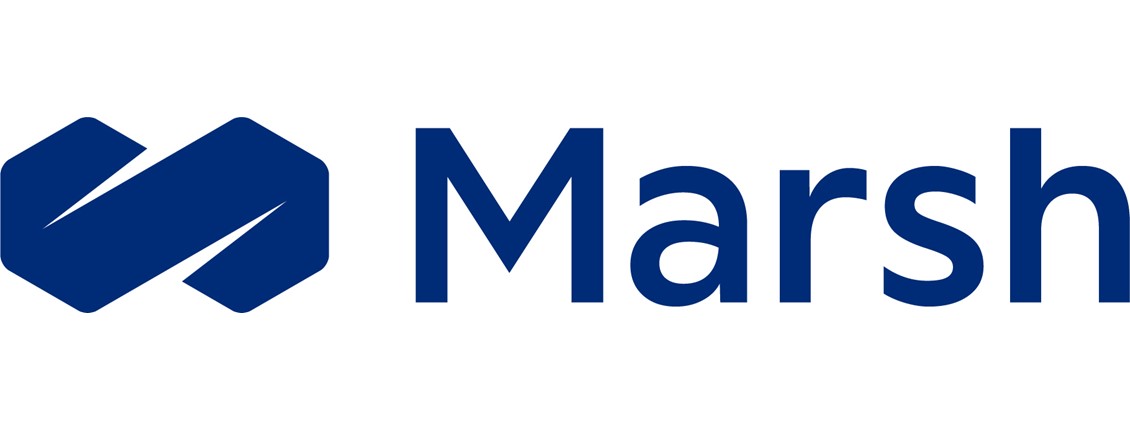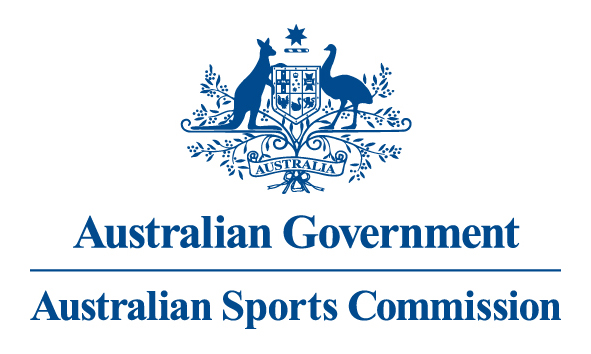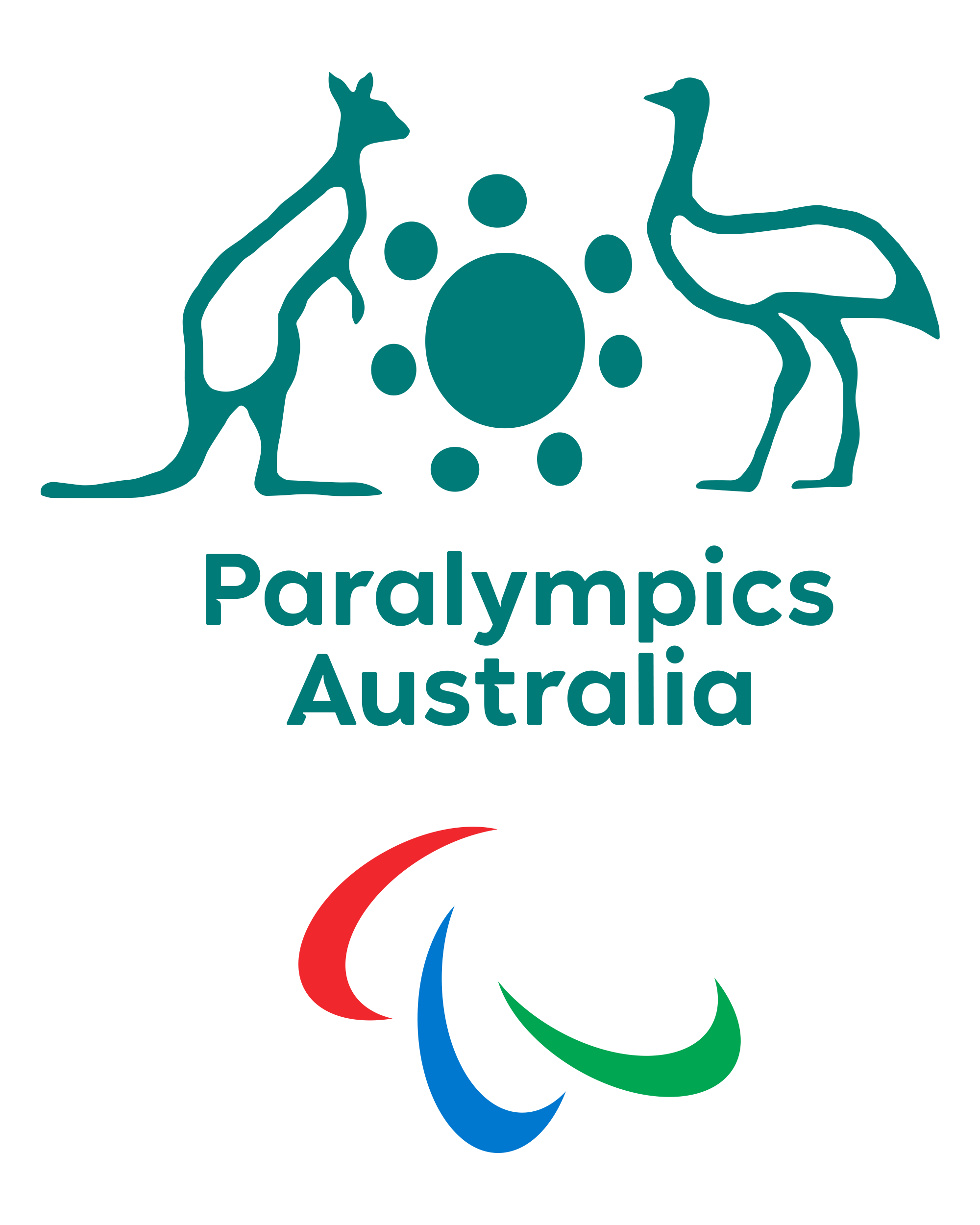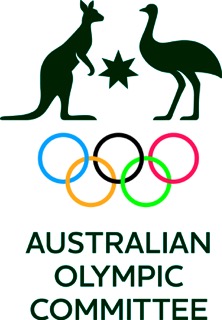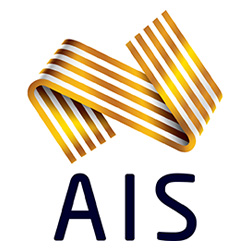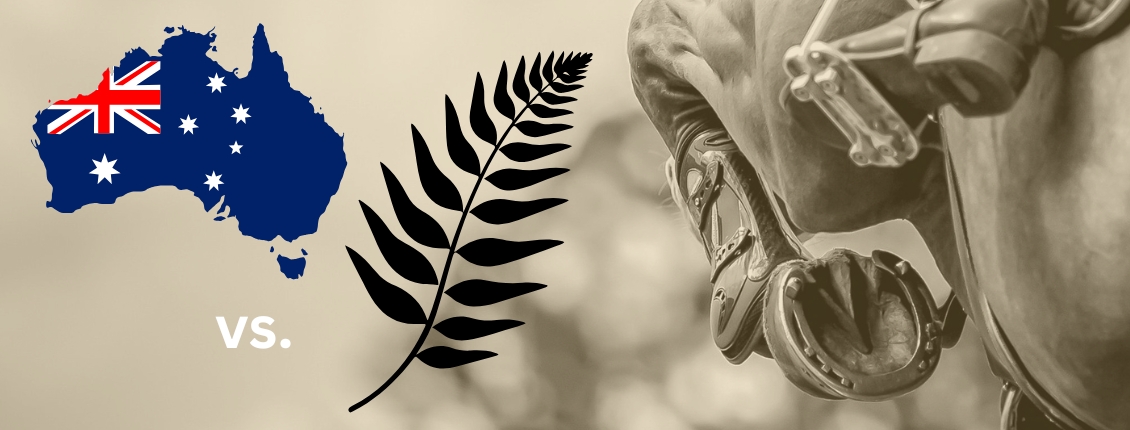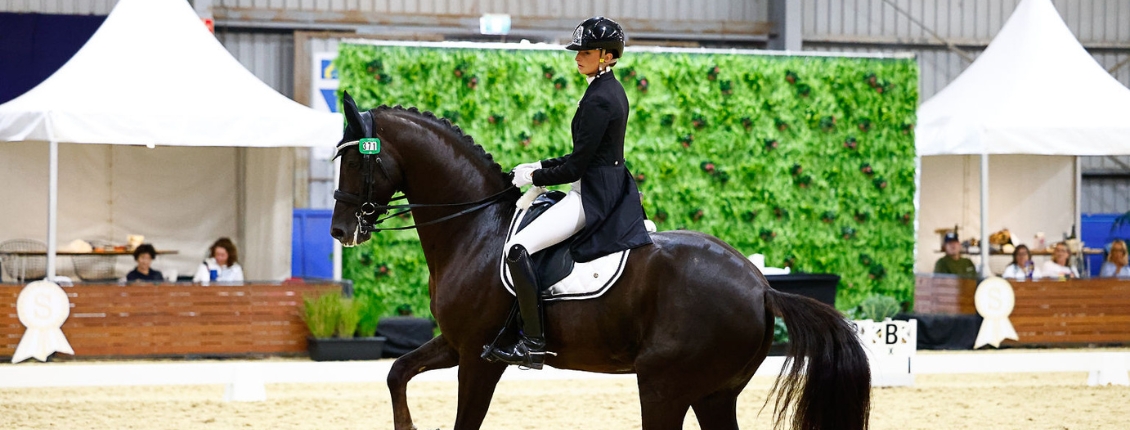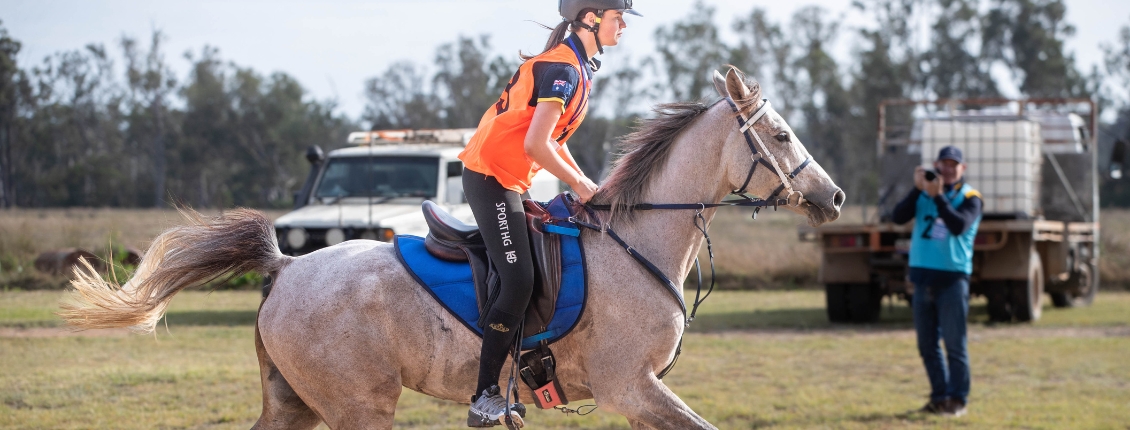1. Who are EquiRatings?
EquiRatings are an equestrian sports data company which specialise in the analysis of performance data. The company was founded in 2015 by Irish event rider Sam Watson and now employs a team of analysts, data scientists and developers, all dedicated to bringing data-driven insights to federations, Olympic teams and events around the world. EquiRatings have worked with Equestrian Australia results to provide a risk rating system (ERQI) for EA members.
2. What is an ERQI?
ERQI stands for EquiRatings Quality Index. It is a risk management tool that assigns a value to each horse in the system. The ERQI attaches to the form of the horse and not the rider. The ERQI is calculated as a probability, a number between 0 and 1, with horses closer to 1 showing statistically higher levels of performance in the cross-country phase. EA will display ERQIs to the horse’s profile in colour code, without any numbers.
3. What is the key principle of ERQI?
The key principle of this ERQI system is quality over quantity. Consistent good performances in the cross-country phase reduces risk. Horses which have a higher number of cross-country faults on their records are competing with significantly higher risk than others. The goal is to help raise rider awareness around this and to encourage responsible campaigning of horses in the Equestrian Australia system.
4. Why is EA using the ERQI system?
EquiRatings have worked with EA, to provide a ‘data footprint’, based on the past performance of each horse, which can be used to assess risk. The ERQI system is designed to allow EA members track and monitor performance and risk in a tangible way. Every horse has an ERQI rating at each level of competition.
Rider responsibility is a huge part of making eventing safer and the ERQI is another tool to make decisions easier for riders. Riders will now have a visual indicator of risk at a specific level. One of the key advantages of the ERQI system is the removal of subjectivity from the assessment of risk.
5. How is the ERQI calculated?
The ERQI value is calculated using an algorithm to weight the previous faults accumulated by each horse in the cross-country phase. It takes into account the level of competition at which the faults take place. The ERQI algorithm also accounts for course difficulty, based on the performance of all competitors in each division and then weights values attaching to the faults accordingly. The model used to create the bespoke EA ERQI is based on five years of results data.
6. What else can I use the ERQI system for?
The ERQI system is not a tool suitable for assessing anything other than risk at the specific level. It is not an indicator of likely success in the competition. Eventing is a sport of three phases. ERQI takes no account of either dressage or time penalties in any way. Many horses who compete in the red zone will not accumulate faults, however they are competing with a higher level of risk.
7. Do riders have an ERQI?
No, the ERQI only attaches to the horse profile. Many riders will compete on different horses and each horse has its own strengths, weaknesses and risk profile.
8. How does the ERQI system work?
Every EA registered horse who has registered at least three counting cross-country results in the last three years will be assigned an ERQI. A counting result is one which is close enough to the level of competition. For example, an EA105 clear would not be a counting result for a CNC3* ERQI.
The ERQIs are generated using the results supplied by EA to EquiRatings. EquiRatings’ algorithms assign values to every outcome in the cross-country phase. The ERQI value also takes into account the level at which a horse is competing, and the level of performance displayed by all of those who competed in the same class. For example, if a high percentage of riders jumped clear at a particular event, cross-country faults would affect the ERQI more than on a day when a high percentage of combinations had faults. In this regard, the ERQI can react to whether a competition was statistically harder or easier than the average for that level of competition.
9. What do the ERQI colors mean?
The ERQI is a number between 0 and 1 and is a statistical indicator of risk in the cross-country phase, based on the previous results of that horse. Initially EA will display this probability in groupings and by colour code (green, yellow, amber, and red).The same horse will have a different level of risk at each level of competition. Each colour represents the grouping of risk which the horse falls into.
White: Horse does not yet have enough relevant data to rate risk category at this level.
Green: Horse at this level is competing with the normal level of risk.
Yellow: Horse at this level is competing with a slightly higher level of risk than normal.
Amber: Horse at this level is competing with a much higher level of risk than normal.
Red: Horse at this level is competing with the highest level of risk.
10. If a horse has an Amber or Red ERQI does that mean I can’t compete him at that level?
ERQI is currently being used solely as an advisory tool. EA has no requirement for a horse to have a green ERQI to enter an event at the level in question. The ERQI should be treated as a guideline and EA strongly recommends that riders use ERQI and all the other tools at your disposal to make safe and informed decisions.
11. How often is the ERQI updated?
ERQIs are updated weekly as results are submitted by EA to EquiRatings.
12. What is a white ERQI?
If a horse has less than three contributing results towards a level there will be a white ERQI displayed. This indicates the horse does not have sufficient data for an ERQI to be displayed. A horse can have ERQIs for lower levels but be white for higher levels. As with all ERQIs, a white display is independent of the qualification requirement for that level.
13. Where do I find my horse’s ERQI?
All associated horses (those you are listed as rider and/or owner) will be listed in MyEA once logged in, click on “Licences “ in the Horses details menu and then click on ERQI
14. A horse I am competing doesn’t show up on my profile. How do I check his ERQI?
At this time, only EA Online accounts associated with a horse can view the ERQI. You will need to contact the owner to make this available to you.
15. I had to retire my horse on cross-country due to lameness, will this affect his ERQI?
The ERQI system will assess any faults incurred before retiring, the same applies in the case of a technical elimination. Retiring and technical eliminations by themselves will be treated like a withdrawal (as if no cross-country jump faults have been incurred) and will not affect the ERQI rating positively or negatively.
16. I missed a fence but didn’t have other faults, what happens to my ERQI?
From 2018, only cross-country jumping faults incurred will affect the ERQI. Retirements or technical eliminations without jumping penalties will not affect your ERQI. Please ensure that your results have been recorded accurately and report any queries regarding your results to the scorers or EA within the allowed time.
17. How many competitions do I have to complete to improve my horse’s ERQI?
The ERQI is an indicator of risk and every run has an effect on a horse’s ERQI. In that regard, it is always moving. Positive outcomes such as clear rounds, ensure that the ERQI is moving upwards. Negative outcomes such as jumping penalties, refusals, and falls will move the ERQI downwards. The amount by which the ERQI moves each time depends on the type of fault, the level at which the faults took place and finally on the strength of the competition, calculated with reference to the other horses in the division and the overall outcome of the cross-country. In this regard, it is difficult to answer the question of ‘how many clears are required to move into each new category?’. It depends on the level, and the strength of each competition.
18. My horse has been clear jumping in his last three competition, why does he have a YELLOW rating?
The ERQI considers up to fifteen of the most recent results of the horse, not just the last three competitions. It also takes into account any jumping fault, at any level. A yellow rating may not be because the horse has done anything wrong, simply that there is not enough data yet to move up to green for that level. When a horse moves to a new level of competition it is normal to start on yellow and then move closer to green with clear rounds.
19. My horse is a cross-country superstar, how is his rating YELLOW?
Every horse which has a fault is not high risk no more than a horse with lots of clears is risk-free.
The ERQI system is used by federations around the world as an objective data-driven tool to assess performance. It helps federations, and riders, manage what we can measure. Each athlete is asked to use their own assessment currently of a horse’s readiness for the different levels of competition. In designing a bespoke tool for the entire membership, the ERQI is modelled on clear rounds and non-clear rounds, as they can be measured. Not every clear round is perfect. There are, and always will be exceptions, and you may well be one of those exceptions, but to design a system, we analyse based on the global and national population, not the exceptions.
20. I’m not qualified for CIC2*, why do I have a rating for it?
The ERQI works independently of qualification systems, which tend to vary from one federation to another. The rating begins after three valid contributing results towards an ERQI level.
21. My rating was green but I fell, what happened?
The ERQI is a risk management guidance tool based on performance data. Horses with a successful data footprint (previous clear rounds) are still exposed to a level of risk. A green ERQI is not telling you that you will jump clear, it is telling you that based on your previous performances, you are competing with a normal amount of risk at the level.
22. The ratings said I would fall, but I went clear. Surely it was wrong?
The ERQI never says anyone will fall. In the same way as nobody is guaranteed to win, nobody is guaranteed to fall. The ERQI measures risk. There is no category of horse at any level that even comes close to having a 50:50 chance of falling. However, if the average horse-fall rate is 1 in 200, the horses with a 1 in 100 and 1 in 50 likelihood of falling are twice and four times higher than average. This system is a useful tool for individuals to help them manage their personal risk, but it is also in place to help the entire sport achieve marginal gains across thousands of results.
23. My coach says I’m ready, but my rating is still amber . . . why?
EA don’t have expert eyes on the ground for every horse. The relationship with EquiRatings is in place to build a metric based on every piece of evidence which can be uniform, fair and measurable. That comes in the form of performance results. The ERQI rating is an objective measurement performed using algorithms; just as with sportsbooks and risk analysis in the financial and investment sectors, the algorithms don’t predict outcomes in individual cases but rather show the category of risk that this set of results falls into.

